#Isabella of Hainault
Text


Some Dieudonnés
Putting these 2 illustrations next to each other, since I liked the style I used for this! Finally got better at drawing veils and patterns which is nice
#philip augustus#philip ii of france#louis vii of france#adela of champagne#adele de champagne#henry the young king#philip of alsace#philip count of flanders#isabella of hainault#isabelle de hainaut#12th century#medieval#historical illustration#french history#my art#best worst annoying boy#merovingian swag
41 notes
·
View notes
Photo




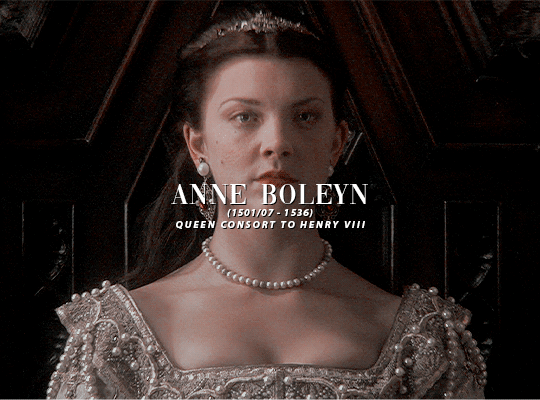
↳ favourite queen consorts of england
#eleanor of aquitaine#isabella of france#philippa of hainault#elizabeth woodville#anne boleyn#house plantagenet#house tudor#house boleyn#house woodville#english history#englishqueens*#anneboleynedit#historyedit#my gifs#creations*
630 notes
·
View notes
Note
Isabella of FranceDelayed the coronation of her daughter-in-law, right?
That is the general consensus, right! It was something of a scandal that Philippa of Hainault was pregnant and hadn't been coronated, and that probably forced Isabella's hand into allowing the coronation. Philippa was around six months pregnant with their first child (the future Edward of Woodstock, known famously but anachronistically as the Black Prince) and the ceremony was shortened because of her pregnancy.
Here's Lisa Benz St. John (Three Medieval Queens) on it:
Philippa’s first pregnancy in 1330 may also have marked a coming of age and may have given her symbolic power when she had previously been allowed very little power or authority. Edward and Philippa married in 1328, but she was not crowned until 1330, when she was five months pregnant. This delay was unusual, and it was probably Isabella who stood in the way. There have been several studies linking the legitimacy of the heir and the status of the queen with her coronation rather than her marriage. Philippa’s pregnancy forced Isabella’s hand; an uncrowned consort could not give birth to a rightful heir. The coronation did not change Philippa’s inability to act as queen during Edward III’s minority. Even so, a coronation, like a pregnancy, would create the perception of Philippa’s status as queen consort among her contemporaries. The perception that the queen possessed power, as discussed in Chapter Three, was connected to the actual practice of power in highly complex ways. Once contemporaries believed in her power as queen, they might actively begin to seek her aid, which would allow her to practice queenship and manipulate this agency further, increasing her power and authority. By delaying Philippa’s coronation for as long as possible, Isabella was signifying to the court and to the realm her position as the only true queen with any power, both symbolic and achieved.
27 notes
·
View notes
Text
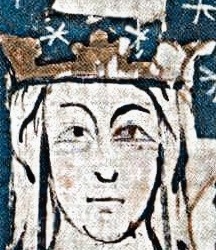

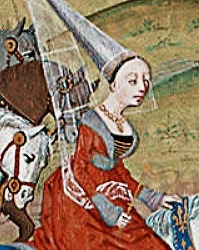


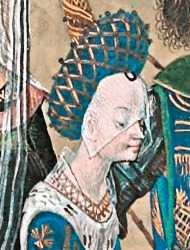


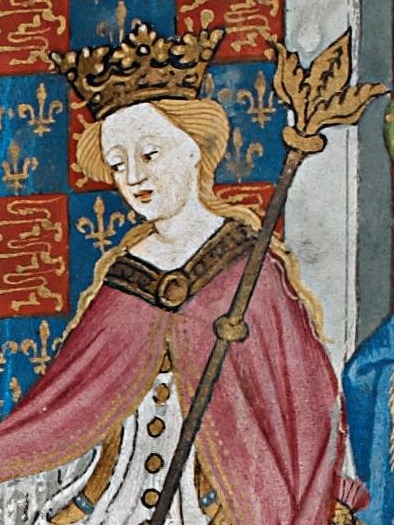

CONSORTS OF ENGLAND SINCE THE NORMAN INVASION (2/5) ♚
Eleanor of Castile (November 1272 - November 1290)
Margaret of France (September 1299 - July 1307)
Isabella of France (May 1308 - January 1327)
Philippa of Hainault (January 1328 - August 1369)
Anne of Bohemia (January 1382 - June 1394)
Isabella of Valois (October 1396 - September 1399)
Joan of Navarre (February 1403 - March 1413)
Catherine of Valois (June 1420 - August 1422)
Margaret of Anjou (May 1445 - May 1471)
Elizabeth Woodville (May 1464 - April 1483)
#my photoset.#history#historyedit#history edit#plantagenets#lancaster#house of lancaster#house of york#elizabeth woodville#margaret of anjou#catherine of valois#the king netflix#the white queen#joan of navarre#isabella of valois#anne of bohemia#philippa of hainault#isabella of france#margaret of france#eleanor of castile#royalty#royals#medieval history#medieval queens#queen consorts#war of roses#english history#historical royals#consorts of england#consorts of england and britiain.
139 notes
·
View notes
Text

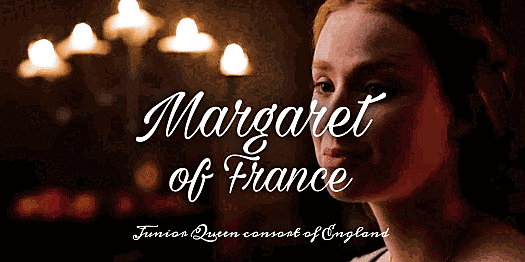

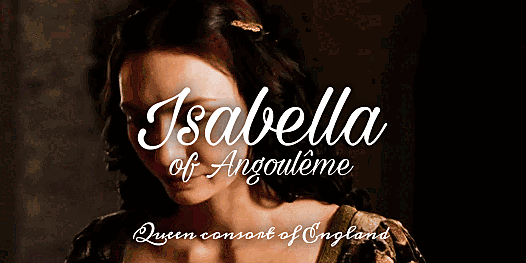

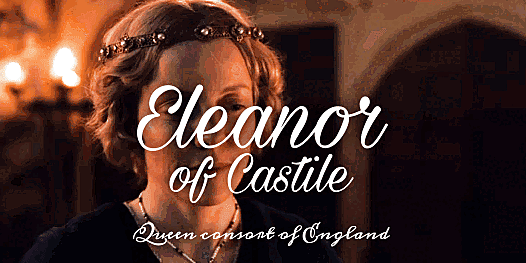




The Queens of England (3/7)
Queen consorts and queen regnants of England from 856 to present day
#eleanor of aquitaine#margaret of france#berengaria of navarre#isabella of angoulême#eleanor of provence#eleanor of castile#isabella of france#philippa of hainault#anne of bohemia#history#historical women#gif#gifset
114 notes
·
View notes
Text


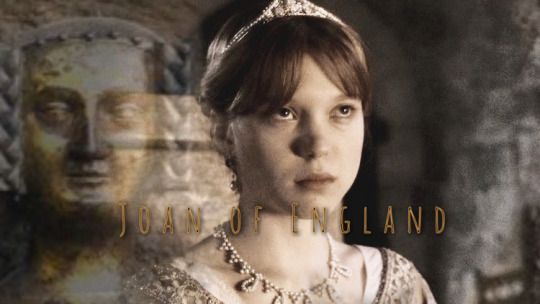



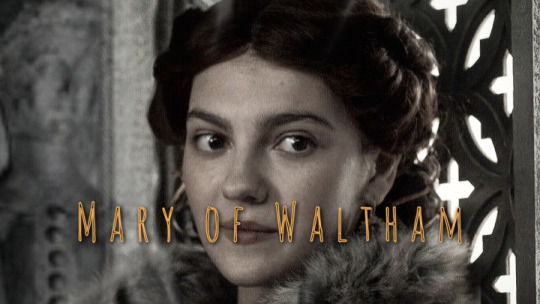


“The Black Prince had received the best education available. He was taught by the scholar and astrologer Dr Walter Burghley, and was expected to excel as the future King of England. This served him well for he gleaned a sense of his own majesty from an early age: at seven he was even accoutred with his own suit of armour. Whilst his parents were in Flanders, the year before John of Gaunt's birth, the Prince opened Parliament on behalf of the King.'
Before he was ten, the Prince led an elite entourage, greeting the envoys of the Pope at the gates of the City of London (in the fourteenth century London was still encased inside a large defensive wall, with around seven gates that allowed access from north to south of the City).
Aged ten, the Prince represented his father as the head of state, and even served as head of the realm whilst Edward Ill was in Antwerp around the time of John of Gaunts birth. Thrust onto centre stage, the Black Prince's ability to work the crowd came from ample experience at a young age in the public eye. Alongside his glittering public image, the Black Prince managed extensive land and property in Cheshire and Cornwall, overseeing local administration, and cultivating loyalty from his tenants.
When John of Gaunt lived with his brother he was expected to learn the skills required for leadership military and domestic. This period of fraternal bonding forged an enduring closeness between the two boys, despite the ten-year age difference between them.
The military victories of Prince Edward were legendary. He went on to be the hero of Poitiers, and his reputation was that of a chivalrous prince, albeit an arrogant one. During the Battle of Poitiers, the Black Prince captured the French King, John II. That night, he served his royal captive on bended knee as a page.
Isabella Plantagenet, born two years after the Black Prince and named after the dowager Queen, was equally as indulged by Edward Ill as her older brother. She ran up vast debts due to her extravagant lifestyle. (…) She eventually fell in love with, and married, one of the King’s hostages from Poitiers, Enguerrand de Coucy, a French aristocrat. During the war, Councy (…) refused to fight for either England or France.
Princess Joan was five years older than John of Gaunt, followed by William of Hatfield who died in infancy, and was subsequently buried in York. His death was followed by the birth of another prince, Lionel, who would grow to be the giant of the Plantagenet family, an improbable seven feet tall according to chronicler John Hardyng. After John, came four younger surviving siblings: Edmund, Mary, Margaret and Thomas, filling the royal nursery.
Aged fourteen, Edward's ‘dearest daughter' Joan left England to marry Pedro of Castile, cementing an Anglo-Castilian alliance crucial to Edward's military agenda. As her ship drew into the harbour at Bordeaux, her retinue were unaware of the horror they were about to face: the relentless and devastating Black Death now spreading quickly throughout Europe. The royal party fled to Loremo, a small village in ordeaux, but the Princess could not outrun the disease. Joan died unwed on I July 1348, with no family around her. His sister's death had a lasting impact on John of Gaunt; in 1389 he endowed an obit - an intimate religious service - for her at the Cathedral of St André at Bordeaux, where she was buried.”
Carr, Helen. The Red Prince.
#plantagenet dynasty#plantagenets#house of plantagenet#edward iii#plantagenet#John of Gaunt#Edward the black prince#Isabella Plantagenet#Mary Plantagenet#Joan Plantagenet#Margaret plantagenet#Thomas of Gloucester#Thomas of Woodstock#Lionel of Clarence#Lionel of Antwerp#Lionel Plantagenet#John#John Plantagenet#Philippa of Hainault
15 notes
·
View notes
Text
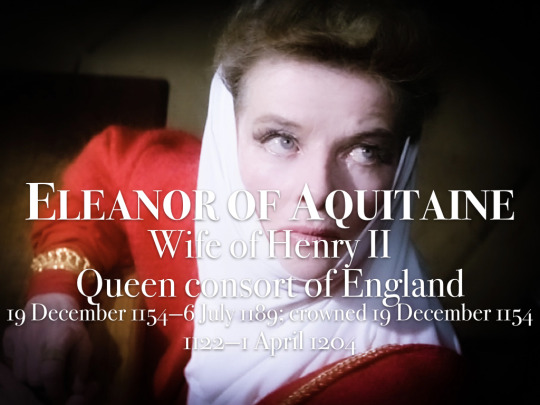



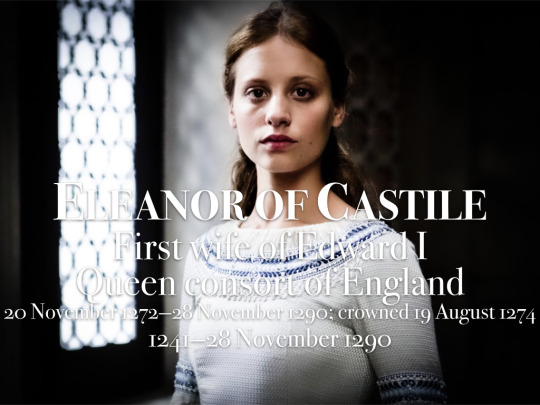


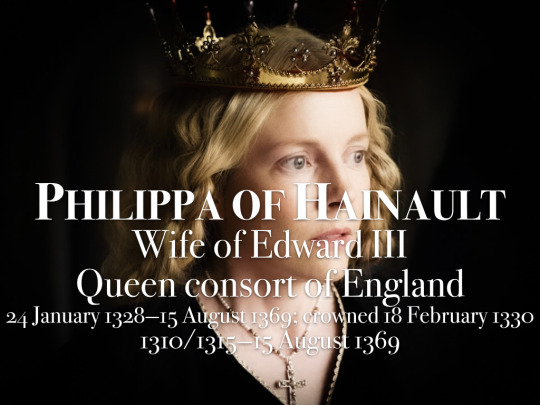
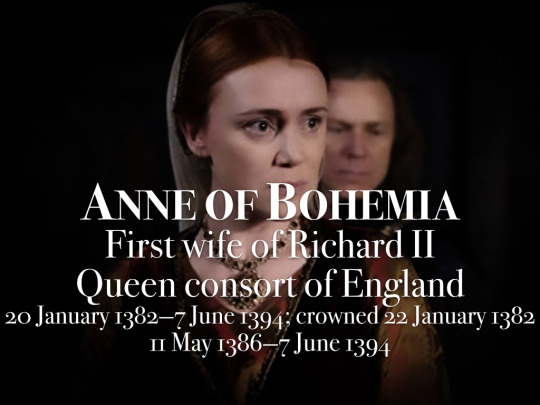

Consorts of England and Britain
House of Plantagenet
#consorts of england and britain#eleanor of aquitaine#berengaria of navarre#isabella of angoulême#eleanor of provence#eleanor of castile#margaret of france#isabella of france#philippa of hainault#anne of bohemia#isabella of valois
16 notes
·
View notes
Text
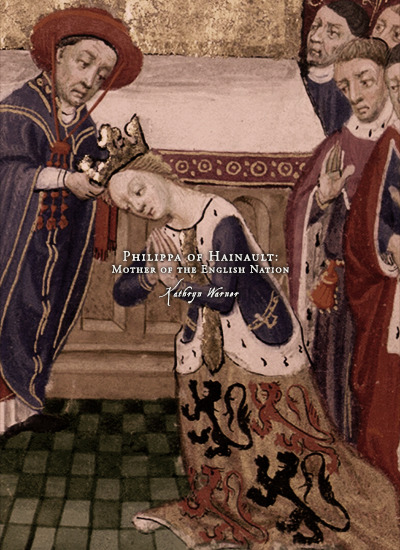

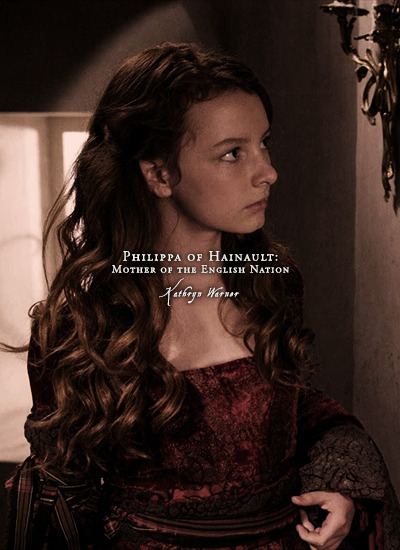


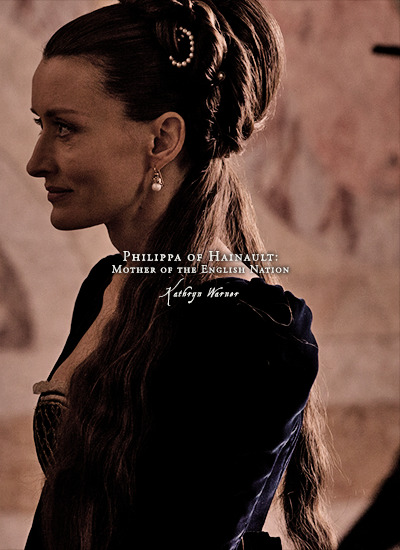
Favorite History Books || Philippa of Hainault: Mother of the English Nation by Kathryn Warner ★★★★☆
Edward III, king of England, was fifteen years old at the time of his wedding in York on 24 or 25 January 1328, and Philippa of Hainault, his bride, was perhaps fifteen months or so younger and, according to one chronicler, about to turn fourteen. Although their marriage was to endure for more than four decades and would prove to be a most happy and successful one that produced a dozen children, it could hardly have begun in a more unromantic fashion. Edward’s mother Queen Isabella had arranged her son’s marriage with Philippa’s father Willem, count of Hainault in 1326 so that he would provide ships and mercenaries for her to invade her husband Edward II’s kingdom in order to bring down the man she loathed above all others, Edward II’s adored chamberlain and perhaps lover Hugh Despenser the Younger. Just a month before his wedding to Philippa, Edward III had attended the funeral of his deposed, disgraced and possibly murdered father, the former king, at St Peter’s Abbey in Gloucestershire. Whether intentionally or not, Edward III and Philippa of Hainault married on his parents’ twentieth wedding anniversary, and on the first anniversary of the young Edward’s reign as king of England.
Philippa of Hainault accompanied her husband abroad on many of his military and diplomatic missions; the couple hated to be apart for long and spent as much time together as they possibly could. Despite Philippa’s decades-long marriage to one of medieval England’s most famous and successful kings, there has only ever been one full-length biography of her, published by Blanche Christabel Hardy in 1910 and titled Philippa of Hainault and Her Times. In addition, two chapters in Agnes Strickland’s nineteenth-century work The Lives of the Queens of England cover the basics of Philippa’s life, and Lisa Benz St John’s 2012 book Three Medieval Queens examines the lives of Philippa and her two predecessors as queen of England.
#litedit#historyedit#house of plantagenet#philippa of hainaut#medieval#french history#belgian history#english history#european history#women's history#history#history books#nanshe's graphics
62 notes
·
View notes
Text

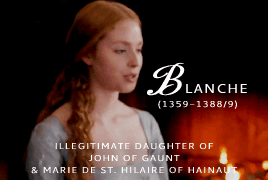


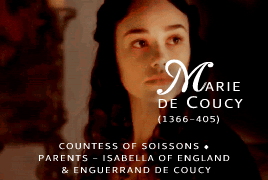

ROYALTY MEME | Granddaughters of Edward III & Philippa of Hainault (part one)
through their children: Lionel of Antwerp, John of Gaunt, and Isabella of England
#historyedit#historicwomendaily#philippa plantagenet#philippa of lancaster#elizabeth of lancaster#marie de coucy#philippa de coucy#edward iii#philippa of hainault#history#women in history#weloveperioddrama#cortegiania#userperioddrama#perioddramaedit#userbennet#perioddramasource#onlyperioddramas#*royalty meme#my edit
110 notes
·
View notes
Text
Ages of English Queens at First Marriage
I have only included women whose birth dates and dates of marriage are known within at least 1-2 years, therefore, this is not a comprehensive list. For this reason, women such as Philippa of Hainault and Anne Boleyn have been omitted.
This list is composed of Queens of England when it was a sovereign state, prior to the Acts of Union in 1707. Using the youngest possible age for each woman, the average age at first marriage was 17.
Eadgifu (Edgiva/Ediva) of Kent, third and final wife of Edward the Elder: age 17 when she married in 919 CE
Ælfthryth (Alfrida/Elfrida), second wife of Edgar the Peaceful: age 19/20 when she married in 964/965 CE
Emma of Normandy, second wife of Æthelred the Unready: age 18 when she married in 1002 CE
Ælfgifu of Northampton, first wife of Cnut the Great: age 23/24 when she married in 1013/1014 CE
Edith of Wessex, wife of Edward the Confessor: age 20 when she married in 1045 CE
Matilda of Flanders, wife of William the Conqueror: age 20/21 when she married in 1031/1032 CE
Matilda of Scotland, first wife of Henry I: age 20 when she married in 1100 CE
Adeliza of Louvain, second wife of Henry I: age 18 when she married in 1121 CE
Matilda of Boulogne, wife of Stephen: age 20 when she married in 1125 CE
Empress Matilda, wife of Henry V, HRE, and later Geoffrey V of Anjou: age 12 when she married Henry in 1114 CE
Eleanor of Aquitaine, first wife of Louis VII of France and later Henry II of England: age 15 when she married Louis in 1137 CE
Isabella of Gloucester, first wife of John Lackland: age 15/16 when she married John in 1189 CE
Isabella of Angoulême, second wife of John Lackland: between the ages of 12-14 when she married John in 1200 CE
Eleanor of Provence, wife of Henry III: age 13 when she married Henry in 1236 CE
Eleanor of Castile, first wife of Edward I: age 13 when she married Edward in 1254 CE
Margaret of France, second wife of Edward I: age 20 when she married Edward in 1299 CE
Isabella of France, wife of Edward II: age 13 when she married Edward in 1308 CE
Anne of Bohemia, first wife of Richard II: age 16 when she married Richard in 1382 CE
Isabella of Valois, second wife of Richard II: age 6 when she married Richard in 1396 CE
Joanna of Navarre, wife of John IV of Brittany, second wife of Henry IV: age 18 when she married John in 1386 CE
Catherine of Valois, wife of Henry V: age 19 when she married Henry in 1420 CE
Margaret of Anjou, wife of Henry VI: age 15 when she married Henry in 1445 CE
Elizabeth Woodville, wife of Sir John Grey and later Edward IV: age 15 when she married John in 1452 CE
Anne Neville, wife of Edward of Lancaster and later Richard III: age 14 when she married Edward in 1470 CE
Elizabeth of York, wife of Henry VII: age 20 when she married Henry in 1486 CE
Catherine of Aragon, wife of Arthur Tudor and later Henry VIII: age 15 when she married Arthur in 1501 CE
Jane Seymour, third wife of Henry VIII: age 24 when she married Henry in 1536 CE
Anne of Cleves, fourth wife of Henry VIII: age 25 when she married Henry in 1540 CE
Catherine Howard, fifth wife of Henry VIII: age 17 when she married Henry in 1540 CE
Jane Grey, wife of Guildford Dudley: age 16/17 when she married Guildford in 1553 CE
Mary I, wife of Philip II of Spain: age 38 when she married Philip in 1554 CE
Anne of Denmark, wife of James VI & I: age 15 when she married James in 1589 CE
Henrietta Maria of France, wife of Charles I: age 16 when she married Charles in 1625 CE
Catherine of Braganza, wife of Charles II: age 24 when she married Charles in 1662 CE
Anne Hyde, first wife of James II & VII: age 23 when she married James in 1660 CE
Mary of Modena, second wife of James II & VII: age 15 when she married James in 1673 CE
Mary II of England, wife of William III: age 15 when she married William in 1677 CE
102 notes
·
View notes
Note
I would like to ask, since Henry VII loves his wife so much, why does she still need to borrow money from others to pay the salary of the servants?
Weird to talk about those people as if they're still alive, but sure, let's go there. By 'pay the salary of the servants' I'm assuming you meant the upkeeping of her household in general. You need to understand that Elizabeth of York was hardly the first queen consort to have debts. According to her own last will, Catherine of Valois died in debt with her servants despite having a generous source of income as Queen Dowager. Philippa of Hainault, Edward III's queen, famously struggled with debts too:
[Philippa]'s domestic establishment may have numbered around a hundred people, and throughout the 1330s and 1340s Philippa’s household accounts continued to run at a serious deficit. By the end of the 1350s, the situation was dire: a long list of those awaiting payment for foodstuffs purveyed by the Queen’s officers, compiled in c.1357, provides striking evidence of Philippa’s impecuniousness. In 1360 it was therefore decided to merge the finances of the King’s and Queen’s households.
I have never seen people suggest Edward III didn't love Philippa of Hainault because she struggled with debts — on the contrary, their story is usually seen as a loving marriage — so I'm at a loss here why you would apply this logic to Henry VII. From Joanna of Navarre and Margaret of Anjou being accused of not living within their means and being constrained by parliament or the royal council to send away part of their staff, to Philippa of Hainault having no option but to merge her household with her husband's to save money, Elizabeth of York's debts are hardly a symptom of her marriage or her husband's feelings — especially considering Elizabeth was never actually constrained to let go of her staff nor to merge her household with the king's. She maintained autonomy over her household throughout her time as queen.
It makes no sense to accuse Henry VII of not loving his wife not only because Elizabeth of York was just one of the many queens who struggled with the upkeeping of their household, but also because Henry VII was the one to pay her debts most of the time. You would think that if he didn't care about her or wanted to humiliate her he would simply let her be indebted and eventually be accused of not living within her means and be forced to do something like the other queens I cited here did, to let go of her staff or merge her household with the king's, but her situation never got to that stage. She remained mistress of her household.
I know Henry VII has been traditionally seen as a miser, and that Francis Bacon's version of Henry as 'nothing uxurious' has been repeated uncritically for most of recent history, but it's time to let go of these stereotypes and 1) look at the evidence we have but also 2) actually put into perspective Henry and Elizabeth's relationship/kingship & queenship in comparison to the kings and queens that came before them. If you want an example of a husband's abuse, just look at the time Edward II seized all of the dower properties (and source of income) of his wife, Isabella of France, in response to the threat of war with her home country. Henry VII paying his wife's debts hardly seem malicious at all.
#henry vii#elizabeth of york#this is like the time they said elizabeth of york#was oppressed because she owned tin-buckled shoes#then they found out margaret beaufort also owned those#it turned out wealthy women did own tin-buckled shoes#and it was not something elizabeth exclusively did#honestly i'm too overworked and underpaid#to spend my free time replying to bad faith arguments#ask#anon
44 notes
·
View notes
Text
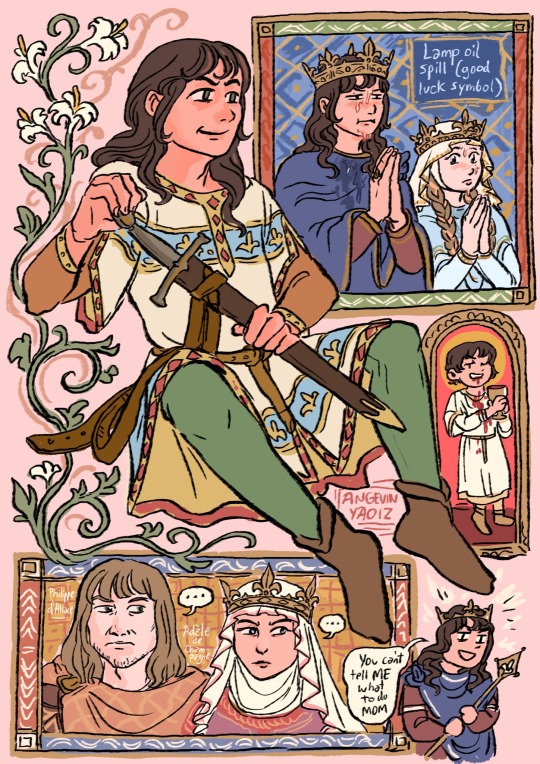
1180 era Philip Augustus
Grew out his hair for the coronation, wedding to Isabella of Hainault, seizing the dowager Queen Adele’s lands and feuding with his former guardian-turned-uncle-in-law Philip Of Alsace, the Count of Flanders. At this time, the Plantagenets supported the young Philip against his rivals (also tangentially the count of Flanders was half an Angevin, which is curious)
Wanted to do a design inspired by the long hair style that Louis VII and and Philip II seem to be sporting on their royal seals. Wondering if it was common style at that time or just kind of the visual convention. Merovingian throwback swag maybe? also it's just fun to draw.
Bonus tiny Philip inspired by that one vision Louis had about his boy drinking the blood of the Vassals, very normal indeed
#Philip augustus#historical art#12th century#medieval#medieval era#philippe auguste#Adela of Champagne#Philip Count of Flanders#Philippe d'Alsace#Isabella of Hainault#philip ii of france#my art#illustration
24 notes
·
View notes
Photo


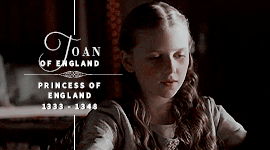


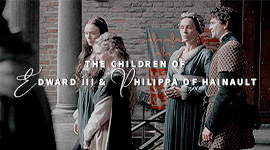

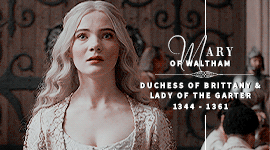

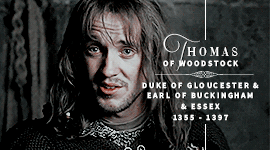
↳ the children of Edward III & Philippa of Hainault (that survived infancy)
(requested by anonymous)
#edward iii#philippa of hainault#edward the black prince#isabella of england#joan of england#lionel of antwerp#john of gaunt#edmund of langley#mary of waltham#margaret of england#thomas of woodstock#english history#house plantagenet#*requests#my gifs#historyedit#creations*
387 notes
·
View notes
Note
Hi! I'm not not as familiar with 14th/15th century English history as I am with earlier and later periods, and I'm getting conflicting information online, so I wanted to ask: Where Philippa of Hainault and Joan of Navarre formally regents during Edward III and Henry V's reigns? I know Isabella of France technically wasn't, but I'm a little confused regarding Philippa and Joan since different sites are telling me different things, and the book "Later Plantagenet consorts" that I recently read doesn't specify anything.
I wasn't sure whether to send this ask to this blog or your Lancaster side blog so I'm really really sorry if it's inconvenient
Thank you!
No worries, I'll take asks on either of my blogs. 💖 And I'm sorry it took me awhile to answer this; I was trying to finish off the ask about Jacqueline of Hainault and wanted to check some references because I'm not very familiar with Philippa's life. It's actually a very simple answer: neither Philippa or Joan were officially regents for their husband and stepson respectively.
I'm not sure where the story of Philippa's regency comes from; possibly from Froissart who wrote about her leading the English army at the Battle of Neville's Cross but in 1346, England was nominally led by Lionel of Antwerp (who was seven years old) and Philippa had joined Edward III in Calais the month before the Battle of Neville's Cross. It does seem like she had a great deal of authority when Edward was away but lacked the formal position of regent. From Lisa Benz St. John's Three Medieval Queens:
There were never any queen regents or keepers in England, as there were in France. However, fourteenth-century English queens acted in administrative capacities when the king was absent from the realm. Isabella [of France] and Philippa were never officially made regents or custos [keepers], but they played a significant part in ruling the kingdom as one of the king’s central administrators. They administered the kingdom in several ways: they aided the king and chancellor in the chancery; and they acted as part of the institution supporting the regent, who was often one of their sons.
Likewise, Joan of Navarre did not serve as regent during Henry V's absence. From Elena Woodacre's Joan of Navarre: Infanta, Duchess, Queen, Witch?:
In June, before Henry's departure, he formally bid Joan farewell and gave her leave to stay in several royal residences during his absence. He did not, however, entrust her with the governance of the realm—while later sixteenth-century chronicles claim this was the case, it is clear that Henry named his brother John, duke of Bedford, as lieutenant in the king's absence.
5 notes
·
View notes
Text
Philippe II, Isabelle, and the divorce that wasn't.
In 1184 Philip Augustus, provoked by the growing hostility towards him from Philip of Alsace, made a move which angered the latter: he sought divorce from Isabella, the count's niece. The decision to end his marriage was probably political rather than personal, aimed against the count of Flanders and to a lesser extent against the count of Hainault. It was also motivated by a desire to underline his independence of the count of Flanders, as earlier he had distanced himself from his Champagne relatives. It was a move which backfired, in that it failed to achieve a divorce, but which had something of the desired effect politically.
Queen Isabella was only fourteen, and the marriage may not yet have been consummated. Philip called a council at Senlis in March 1184, claiming that the marriage was invalid on grounds of consanguinity. One aim, some have suggested the main aim, was to detach Isabella's father from Philip of Flanders. The move also reinforced Philip's reconciliation with his Champagne relatives, who had always opposed the marriage.
Isabella, however, was no mere puppet. She felt no guilt over her marital conduct and made public demonstration of the fact. She took off her jewelled clothes and emerged from the palace clad only in a chemise, barefoot, and carrying a candle. She distributed alms to the poor, to beggars and lepers, entering churches in the city to pray. Those who had received her gifts gathered before the palace to demonstrate their support. Philip's counsellors advised him to restore the queen, pointing out that repudiation would lead to the loss of Artois. He had offered Isabella the chance to marry again, to choose a husband for herself, but she insisted on maintaining her position as queen of France, declaring: 'it does not please God that a mortal should enter the bed in which you slept' . The king backed down and Isabella was restored.
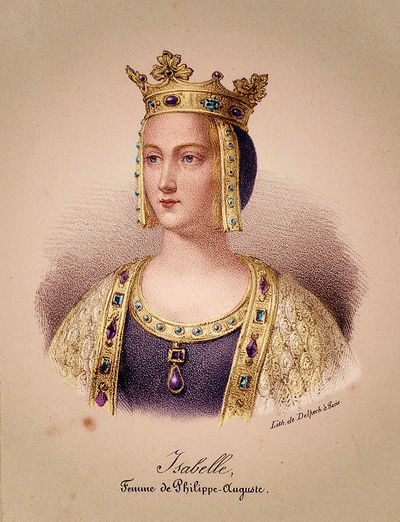
Giselbert of Mons described a meeting between father and daughter at Pontoise, at which Isabella wept, saying she was wretched because her father and husband were in conflict, with her father supporting the count of Flanders against the king. The divorce threat came as a shock to the count of Hainault. He was embroiled in local disputes, notably against his vassal Jacques d'Avesnes. The father's decision in 1184 to switch his allegiance from the count of Flanders to the king is a key moment in the struggle between France and Flanders during the 1180s.
The move brought advantage to the king, but it caused problems for the count of Hainault. He now found most of the northern princes allied against him: the count of Flanders, the dukes of Brabant and Louvain, the archbishop of Cologne and Jacques d'Avesnes among them. Valenciennes and Mons came under attack. Hainault's only possible salvation was aid from France, so the count appealed to Philip, and at Christmas sought out his son-in-law at Loudun.
When the crunch came in 1185, Hainault sided with France against Flanders, a crucial element in the balance. The Plantagenets were engaged in their own internal squabbles, which Philip helped to stir. Affairs were building towards a showdown.
Jim Bradbury - Philip Augustus, King of France, 1180-1223
#xii#jim bradbury#philip augustus king of france 1180-1223#philippe ii#isabelle de hainaut#philippe d'alsace#baudouin v de hainaut#i just love her#we need a series about that era and that reign#but it would probably be horrendous like everything made about french history lately#but isabelle's walk with the people supporting her ? yeah
8 notes
·
View notes
Text
[Read Online] Queens of the Age of Chivalry (England's Medieval Queens Book 3) BY : Alison Weir
[Read] PDF/Book Queens of the Age of Chivalry (England's Medieval Queens Book 3) By Alison Weir
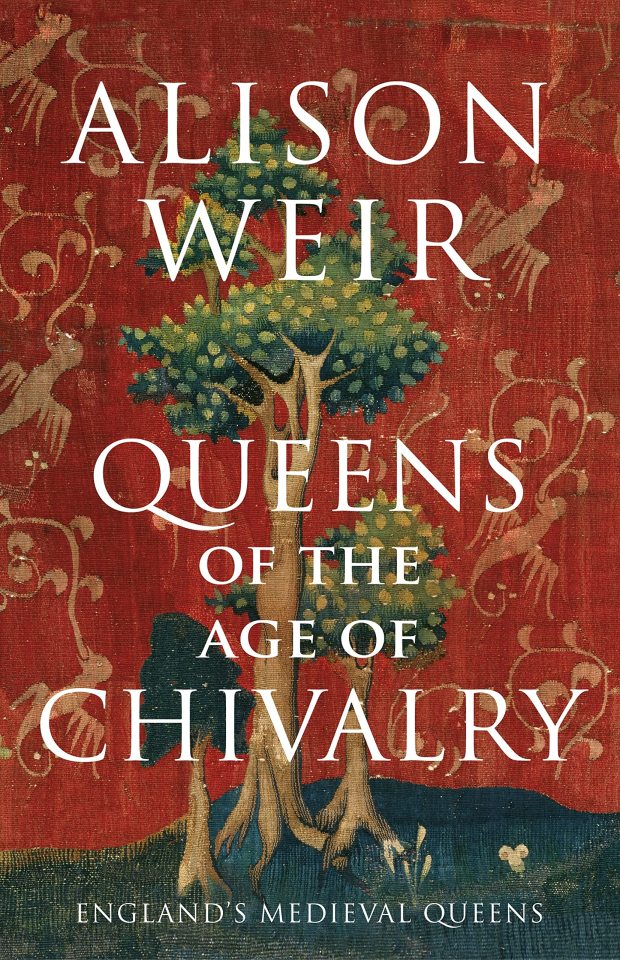
Ebook PDF Queens of the Age of Chivalry (England's Medieval Queens Book 3) | EBOOK ONLINE DOWNLOAD
If you want to download free Ebook, you are in the right place to download Ebook. Ebook/PDF Queens of the Age of Chivalry (England's Medieval Queens Book 3) DOWNLOAD in English is available for free here, Click on the download LINK below to download Ebook After You 2020 PDF Download in English by Jojo Moyes (Author).
Download Link : [Downlload Now] Queens of the Age of Chivalry (England's Medieval Queens Book 3)
Read More : [Read Now] Queens of the Age of Chivalry (England's Medieval Queens Book 3)
Description
Medieval queens were seen as mere dynastic trophies, yet many of the Plantagenet queens of the high middle ages dramatically broke away from the restrictions imposed on their sex.Marguerite of France, married at twenty to the formidable sixty-year-old Edward I, became politically active and sought to topple Edward II's favourite, Piers Gaveston. Edward II's queen, Isabella of France, ended his disastrous reign by invading England and deposing him. Her rule with her lover Roger Mortimer was in turn overthrown by her son Edward III as soon as he came of age. Edward III's long, happy and fruitful marriage to Philippa of Hainault came closest to the medieval ideal, and truly exemplified the Age of Chivalry. Anne of Bohemia was one of the most sophisticated and cosmopolitan queens ever to grace the English throne and Richard II loved her to distraction, but she may have dabbled in heresy and she died young. Afterwards Richard took a child bride, Isabella of Valois, who, despite her youth,
0 notes